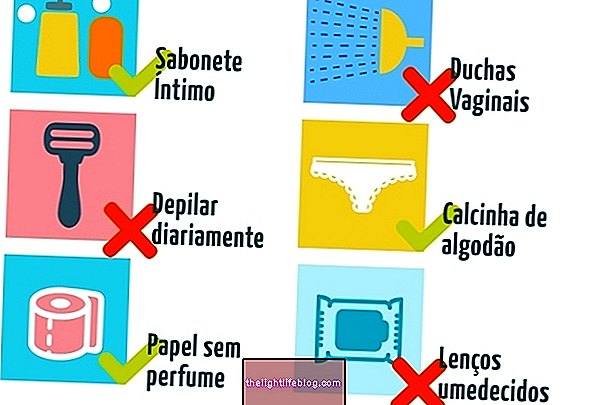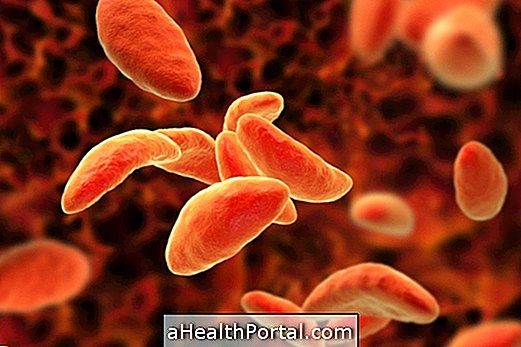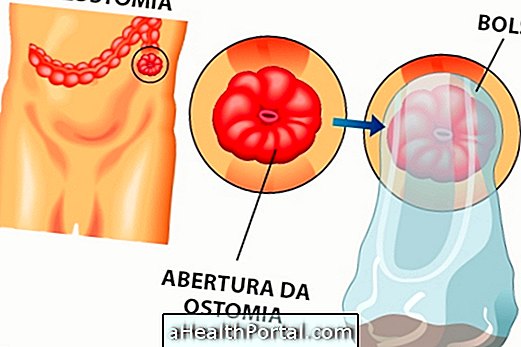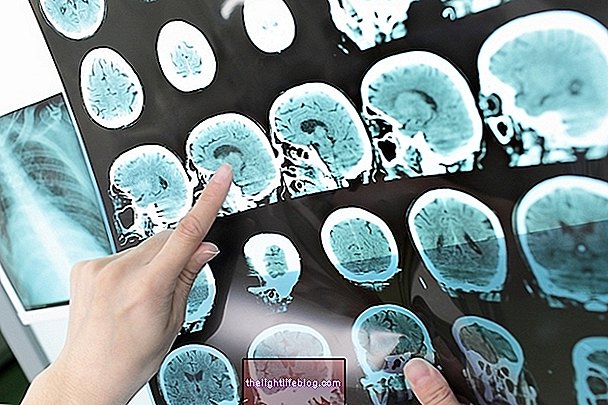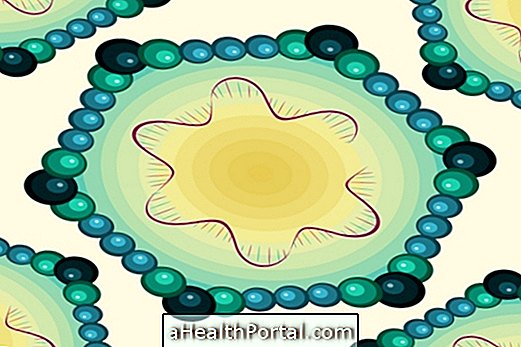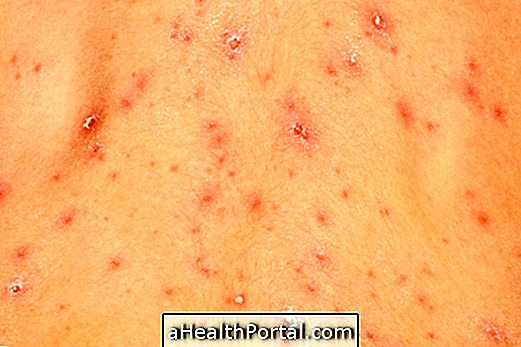The appearance of stretch marks in pregnancy is due to the stretching that occurs in the skin due to belly growth and weight gain, which is more common in women with propitious genetics, older age, less hydration and who suffer greater stretching of the skin.
Stretch marks usually arise from the 25th week of pregnancy, when there is a greater stretch of the skin due to the baby's weight gain and growth. Initially the affected area itches, and then, if there is no hydration at this time, the stretch marks will settle. At first, the stretch marks appear pinkish, turning reddish, purplish, and then white, the latter being the most difficult to draw.
Stretch marks in pregnancy have a greater chance of healing because, as they are recent, the skin has a greater ability to regenerate, and to treat them one can exfoliate the affected skin a lot and then leave it well hydrated.

How to treat
The treatment of stretch marks in pregnancy is done by moisturizing the skin with almond oils or moisturizing creams daily, avoiding the dryness of the region. The moisturizing is preferably done with the cleaned skin, just after the bath, and its effect can be enhanced with exfoliation of the skin once a week.
Women who already had stretch marks before getting pregnant should be more careful still and should abuse moisturizing creams for dry or extra dry skins. In addition, it is recommended to control the weight, avoiding that the skin is even more stretched when putting on weight.
In addition, it is recommended to consult with the dermatologist who can better evaluate the skin type, in addition to the creams, may indicate more effective treatments such as laser, peeling or dermabrasion, which should be done after pregnancy in the most severe cases. Learn about the main ways to treat red and white stretch marks.
How to avoid
To avoid the appearance of stretch marks in pregnancy, it is recommended:
- Drink a lot of water;
- Eat foods rich in vitamin C and E;
- Do not wear tight clothing to improve blood circulation;
- Wear appropriate undergarments that help hold the belly and support the breasts;
- Do not gain more than 14 kg in pregnancy and
- Use moisturizing creams daily, to keep the skin properly moisturized.
Deep hydration helps prevent and treat stretch marks due to increased skin elasticity. Study shows that women who have skin properly hydrated, have a more elastic skin, which decreases the appearance of stretch marks.
In addition, it is recommended to exfoliate the skin well using a good exfoliant, and then pass a lot of sweet almond oil. Exfoliation can be done up to 3 times a week, but hydration should be daily. Learn more tips on avoiding and fighting stretch marks in pregnancy.
Watch the following video and see other tips that help eliminate stretch marks:


